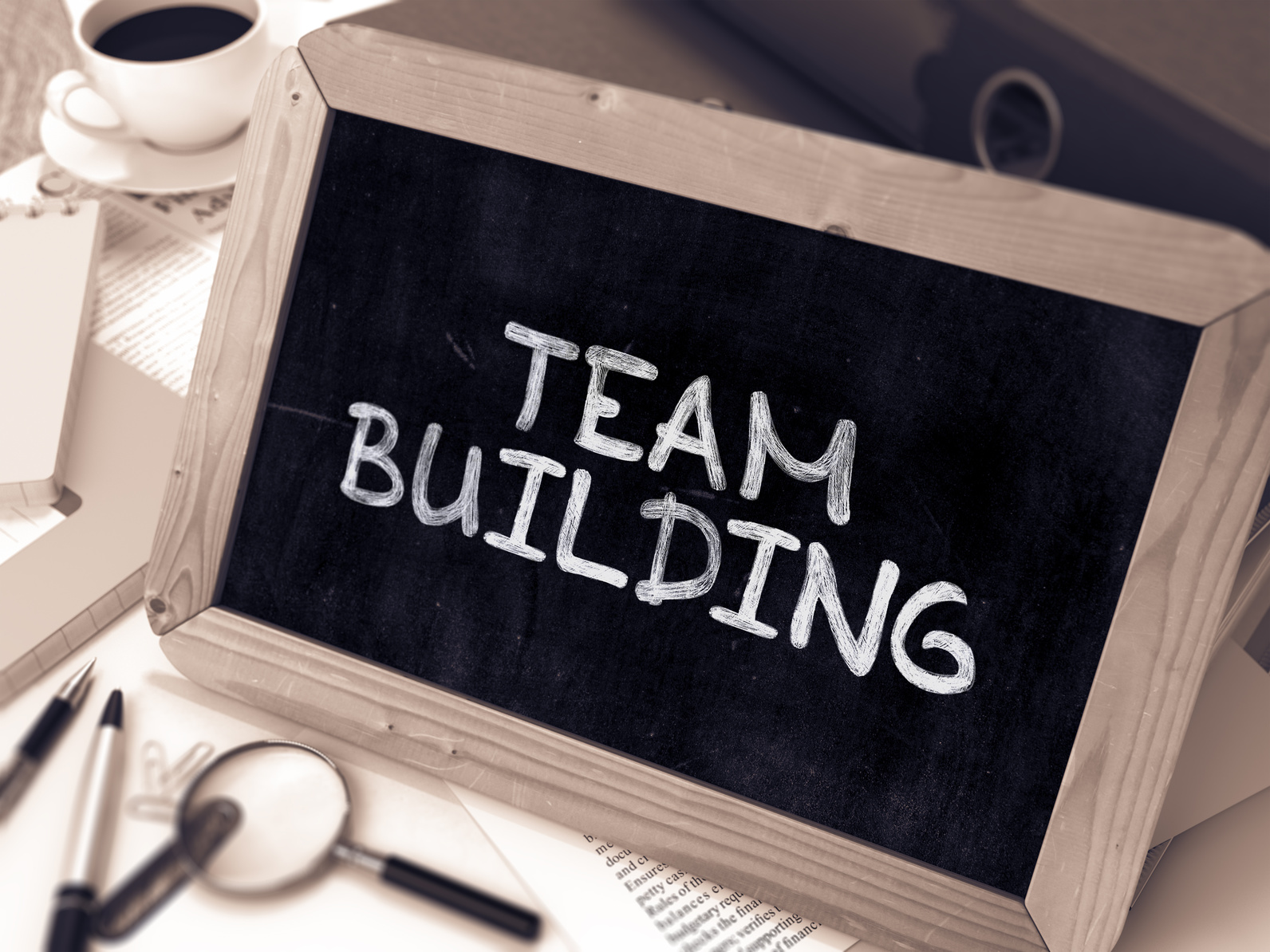Discover how you can boost employee mental health, reduce stress, and unlock your team’s full potential? Keep reading to learn actionable tips that will transform your workplace into a hub of happiness and productivity.
In today’s work environment, employee mental health is no longer a “nice-to-have”, it’s a business imperative. What if the key to higher productivity and employee retention was as simple as prioritizing mental health?
Did you know that 83% of employees experience work-related stress, and companies lose $1 trillion annually due to burnout and disengagement? The good news? You can turn the tide by prioritizing mental health in your workplace.
But here’s the kicker: boosting employee mental health doesn’t require a massive budget or a complete overhaul of your company culture. Simple, intentional strategies—like fostering connection, encouraging breaks, and creating a supportive environment—can make a world of difference.
About 15 out of every 100 employees need mental health support, and that number keeps rising. I’ve seen people struggle with anxiety and depression at work. This leads to burnout and missed days on the job.
When I focus on boosting employee mental health, I see big improvements. Trust, focus, and overall output all get better.
I believe a solid plan for well-being can make a real difference.
In this resource, research shows that open conversations and consistent support can reshape workplace culture. My approach leans on empathy and practical steps that spark positive change.
Key Takeaways
- I see more trust and satisfaction when mental health is a priority.
- Clear goals and caring leadership reduce burnout.
- Early support can lower work-related stress.
- Flexibility and growth opportunities keep people engaged.
- Recognition fuels morale and helps boost employee mental health.
Understanding the Importance of Employee Well-Being
I work to create a place where everyone feels important. I see how mental health at work improves performance and lowers stress. Happy workers are 13% more productive, which pushes me to support them more.
Most employees, 74%, want their bosses to care about their mental health. I think being consistent makes my team feel secure and ready to share their thoughts. This leads to fewer days off and keeps everyone’s spirits up.
My Principles for Employee Well-Being Strategies
I create programs that tackle problems like stress and too much work. I promote talking openly, which helps find and solve issues. This way, we can work better together.
Why I Believe Routine Check-Ins Matter
I make time for talks to catch problems early. Regular chats help us find and fix issues that affect mental health. These talks build trust and offer support when it’s needed most.
| Key Data | Implication |
|---|---|
| 88% want benefits for financial security | Steady support builds confidence and loyalty |
| Employees are 18% less likely to leave when happy | Investing in well-being lowers turnover risk |
My Perspective on Mental Wellness at Work
I believe mental well-being is crucial for a team’s success. It’s important to respect each person’s life and goals. This includes family, health, and personal dreams. Supporting each other leads to better teamwork and happiness.
The American Psychological Association states, “Workers thrive when mental health is championed by leadership.”
The World Health Organization found that mental health spending returns four times in productivity. Young workers want a job that values their needs and mental health. This is a chance for us to stay ahead.
| Statistic | Significance |
|---|---|
| 1 in 5 adults experience mental health issues | Indicates the necessity for supportive policies |
| 24% reduction in absenteeism with dedicated strategies | Highlights measurable benefits of wellness initiatives |
Approaches to Enhancing Employee Mental Resilience
Many teams face high stress levels. Long hours and job pressure leave employees drained. Research shows 65% of US workers name their jobs as their top stressor. A demanding workload once drove $48 billion in health expenditures.
I believe small steps can change this. They can boost team morale and energy.
Leadership involvement boosts engagement in training. This drives me to find new ways to empower staff. A supportive environment boosts job satisfaction and prevents burnout.
I found helpful motivational work insights in this resource. I share them in group sessions to spark positivity and teamwork.
“Employees thrive when they feel valued and equipped to face challenges head-on.”
Daily Mindfulness Exercises I Recommend
I suggest short breathing drills or guided calm moments before tackling tough tasks. These practices help manage anxiety and refocus. Even a few quiet minutes can make a big difference.
How I Advocate for Resilience Workshops
I lead small group sessions on bouncing back from setbacks. Demand for these workshops is growing. Resilience is linked to productivity and engagement.
My approach includes open discussions and practical resources. These steps help teams adopt healthier outlooks. They form a roadmap for enhancing employee mental resilience over time.
The Role of Workplace Mental Health Initiatives
Providing easy-to-access resources and ongoing support makes employees feel appreciated. The 2024 Work in America survey showed many young workers felt stressed, lonely, and not valued. I want to change this by launching effective workplace mental health programs.
These initiatives help reduce job stress, which can cost billions in lost productivity each year. Leadership training that focuses on emotional awareness also boosts attitudes and motivation.
I encourage my colleagues to try fun activities that promote healthy living. I suggest checking out this guide on team challenges. Good workplace mental health programs need regular communication and real support from managers.
It’s not just about offering coverage; managers need training to help workers find the right solutions.
“I believe consistent backing from leaders sets the tone for a supportive culture.”
Here’s a quick look at some important data for mental health strategies:
| Item | Year | Estimated Impact |
|---|---|---|
| Cost of Job Stress | 2017 | Up to $187 billion |
| Cost of Depression | Ongoing | Over $210 billion annually |
| Workers Who Value Well-Being | Recent | 92% Find It Important |
Identifying Signs That My Team Needs Support
I watch for small signs that show my team might be struggling. One in five employees think about quitting because of mental health issues. This makes me want to help them with kindness and understanding.
What I Notice in Shifts in Mood or Performance
When my colleagues start coming in late or leaving early, I notice. If they’re missing work or not doing as well, it might mean they’re stressed. An article helped me see that there’s more to it than just showing up or not.
I want to make sure everyone feels important before things get worse.
Strategies for Addressing Early Warning Signals
First, I offer private talks. If someone seems tired or disconnected, I share resources for mental health. Talking openly can help find solutions, like flexible hours or counseling.
“41% of employees reported feeling burned out due to workplace stress.”
I keep watching and adjust my support as needed. By staying involved, we can fight stress and keep our team happy and loyal.
| Signs Observed | Suggested Actions |
|---|---|
| Frequent Tardiness | Offer flexible scheduling and direct team members to employee mental health resources |
| Noticeable Withdrawal | Encourage open lines of communication through weekly one-on-one sessions |
| Decline in Performance | Recommend professional help or counseling, backed by clear action plans |
| Sudden Absences | Reach out with confidential check-ins and possible workload adjustments |
Why I Focus on Employee Mental Health Support Programs
One in five U.S. adults experienced a mental illness in the past year (CDC, 2020). This issue affects many roles. It can lead to less engagement or more time off, hurting morale and productivity.
I choose to invest in mental health benefits. This includes flexible schedules and easy access to counseling. This helps promote mental health at work. It often results in lower turnover and stronger team bonds.
“Employees thrive when they feel supported in every aspect of their lives.”
Offering mental health services can reduce financial worries. Eighty-four percent of employees say flexible schedules help with mental health (FlexJobs). Quick help can stop problems from getting worse, boosting motivation and job happiness.

- Flexible scheduling fosters better work-life balance.
- Regular counseling can ease stress levels.
- Open discussions help break stigmas.
| Program | Key Benefit | Potential ROI |
|---|---|---|
| Employee Assistance Programs | Confidential support | High morale retention |
| Wellness Workshops | Stress reduction | Enhanced productivity |
| Flexible Schedules | Improved work-life balance | Reduced attrition |
Endorsing Resources for Mental Wellness at Work
I think it’s important to support the right tools for better mental health at work. The World Health Organization says depression and anxiety cost a lot each year. This makes me want to help my team find practical support.
Workplaces that focus on mental wellness often see great benefits. I aim to make sure everyone gets to enjoy these benefits.
Online Tools I Suggest for Immediate Guidance
I suggest apps like Headspace and BetterHelp for quick help. They offer meditation, counseling, and help for managing stress. These apps are great for people with busy lives.
It’s easier to point employees to these apps when they need help right away.
My Tips on Accessing Local Community Services
Community centers and support groups help take mental health awareness beyond the office. I keep a list of free or low-cost counseling hotlines. This way, my team knows where to find help.
This approach helps everyone find the care they need at their own pace.
| Resource Type | Benefit |
|---|---|
| Mobile Apps | Guided mindfulness and counseling |
| Community Centers | In-person group sessions and workshops |
| Hotlines | 24/7 immediate assistance |
The Power of Promoting Mental Health in the Workplace
I’ve seen big changes when mental health is a top priority. In the U.S., over 160 million people work, and almost 39% say their job has hurt their well-being. This shows we need better policies and open talks.
When we focus on mental safety, we see loyalty and creativity soar. Teams feel safe sharing ideas, knowing leaders care about their feelings. This boosts morale and encourages teamwork.
Performance also improves, saving the U.S. around $187 billion lost to job stress. Talking openly about stress helps us tackle problems with fresh energy. This focus on mental health attracts the best talent, eager to work in a caring place.
How I Boost Employee Mental Health in My Organization
I take small, consistent steps to keep my team engaged and confident. Almost 39% of working adults say their job harms their mental health. This shows how important early support is. I look for new ideas from mental health experts to make my workplace supportive of everyone’s needs.
Implementing Preventive Care Measures
I hold remote check-ins to catch stress signals, as 77% of workers face job pressure. Regular breaks help avoid burnout and spot early signs. Unilever’s success in training mental health advocates motivates me to listen to everyone.
Harvard Business Review suggests small strategies that improve focus and calm. These help make the workday better for everyone.

My Blueprint for Effective Feedback Loops
Clear communication is key for a healthy work environment. I encourage open feedback to ease worries and build trust. 89% of employees say psychological safety is crucial.
Regular feedback sessions celebrate personal wins. I draw inspiration from employee recognition to honor achievements. When I show I care about their emotional well-being, trust grows. This makes everyone feel valued.
Recognizing the Impact of Mental Health Awareness in the Workplace
When my team gets the importance of mental wellness, it makes a big difference. The WHO says almost 60% of people worldwide work, but many don’t get the support they need. I work hard to make sure my team feels safe sharing their feelings.
Reminding everyone that a supportive work environment can boost attendance by 40% is key. It also leads to a 25% increase in productivity. These facts motivate me to keep the lines of communication open.
Why I Encourage Open Communication Channels
Good communication can change lives for those in need. I organize virtual roundtables and encourage private talks. This way, my team can share their thoughts freely, leading to a more connected and supportive team.
WHO recommends implementing organizational interventions to actively manage workplace risks and promote mental health, signaling an effort to create healthier work environments.
How I Celebrate Mental Health Awareness Events
I make time for group check-ins during national awareness weeks. We also have Q&A sessions with mental health experts. Plus, I share well-being quizzes to spark conversations and keep spirits high. My goal is to create a culture where everyone feels valued and encouraged to speak up.
My Advice for Sustaining Workplace Happiness
I focus on building real connections between managers and employees. I listen to feedback and adjust plans to keep everyone’s spirits high. Studies show unhappy workers can cost companies up to $550 billion a year. This highlights the importance of keeping the workplace positive.
Flexible work hours help prevent burnout and can make employees 34% happier. I also support personal wellness plans to reduce turnover. Replacing an employee can cost 33% of their salary. I use these tips to improve well-being and empower teams.
Granting autonomy makes employees feel important. This motivation keeps them engaged. A positive work culture also boosts productivity. My aim is to enhance mental health support and share practical tips for staying focused, as discussed here. A consistent approach ensures a healthy work environment for all.
| Strategy | Positive Outcome | Statistic |
|---|---|---|
| Flexible Work Hours | Improved Satisfaction | 34% Increase |
| Wellness Programs | Higher Engagement | 25% More Productivity |
| Inclusive Culture | Boosts Retention | 21% Increase |
Conclusion
Building a workplace that prioritizes employee mental health can lead to big changes. Mental health issues cost the global economy about $1 trillion yearly in lost productivity. This often causes stress and less engagement.
I aim to create a supportive environment where my team can flourish. I focus on empathy, taking proactive steps, and keeping communication open. This approach helps reduce stress and absences.
In the Netherlands, 58% of work-related disabilities are due to mental health issues. This shows how crucial early support is. My strategies make every team member feel valued and strong. Fun events, like Fun Friday at Work Games, boost creativity and lower stress.
I’m dedicated to building a strong support network. A healthier workforce means a brighter future for everyone.









